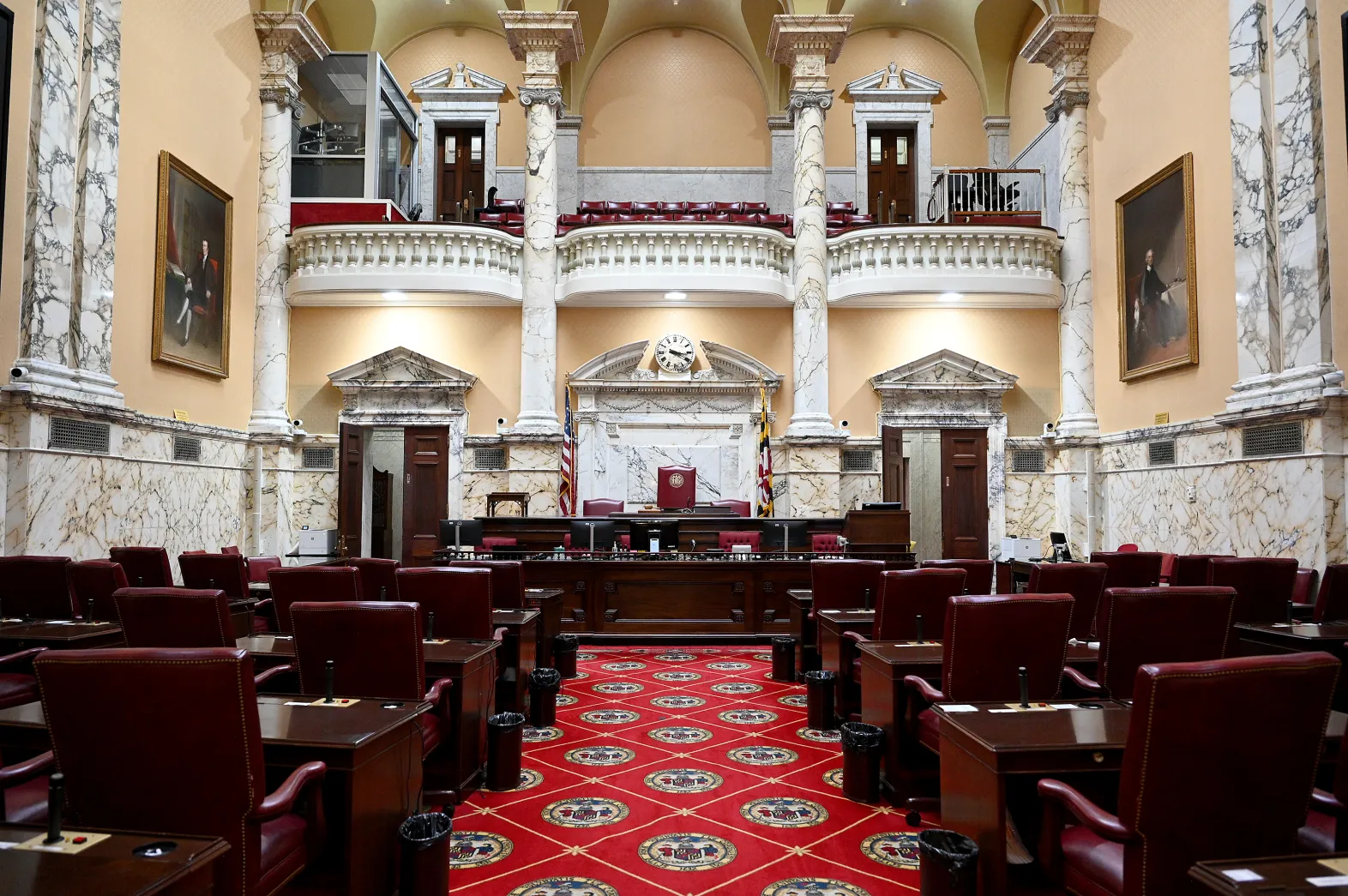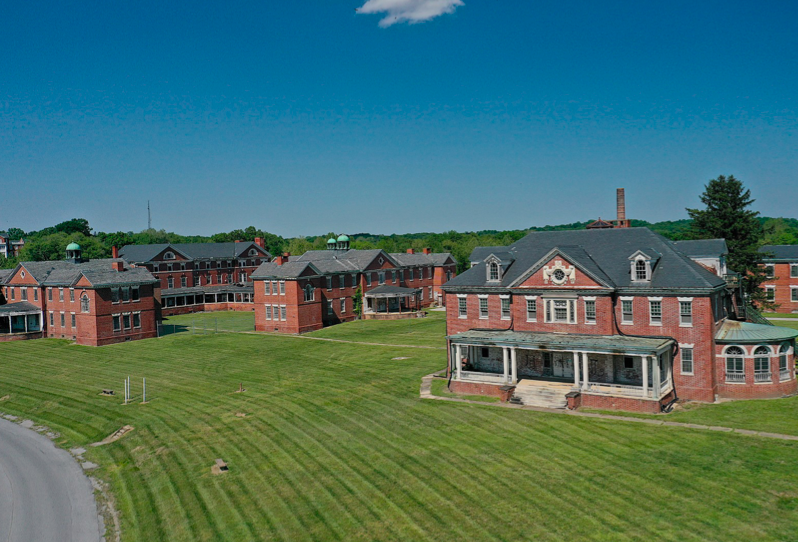Gov. Wes Moore and housing secretary Jake Day: Maryland is facing a crisis; now is the time to take action | COMMENTARY
By WES MOORE and JAKE DAY – PUBLISHED: | UPDATED:
The Wes Moore-Aruna Miller Administration has made “work, wages, and wealth” our North Star. We must ensure that every
Over the last 12 months, we’ve looked under the hood of our state’s economy to learn about the barriers standing between Marylanders and opportunity. Our economic engine is getting stronger thanks to programs we championed in our first year. But we’re still leaving too much potential on the table — resulting in fewer pathways to work, wages and wealth.
After examining our state’s fiscal health, one thing has become abundantly clear: To build a stronger economy and give more Maryland families a fair shot at success, we must address the housing crisis head-on and build a stable housing market that drives long-term economic growth.
Our constituents know that the cost of living is expensive, rents are too high and home prices are up. Most Marylanders in rental properties put a third of their monthly paycheck toward rent. Mortgage interest rates more than doubled in the last two years, placing homeownership increasingly out of reach for the average Maryland family.
Many Marylanders can’t buy a house in the same neighborhood they grew up in. Working families are burning through cash to make rent, leaving them with less to spend on groceries, medicine and the occasional hard-earned night out. What’s even harder to measure is the opportunity cost of spending so much on housing instead of saving for a down payment, paying for a child’s tutoring or writing a family’s next chapter by starting a small business.
We must address the housing crisis at its source: Withering supply. Since the 2008 Great Recession, our state has not built new homes at an adequate pace to keep up with demand. The result is a staggering housing shortage of approximately 96,000 housing units — and counting.
When demand outpaces supply, prices soar. For renters and homeowners, that means insufferable costs just to keep a roof over your head — and a strain on your bank account that can last a lifetime. Marylanders are cramming into small spaces and paying too much for it. Young adults are moving home after college instead of setting out on their own.
The people of Maryland elected this administration to take bold action. We’ve spent the last year showing Marylanders what action looks like — but we aren’t slowing down. During the 2024 legislative session, our administration will introduce a historic housing package consisting of three main elements.
First, we need to cut through government red tape. Right now, any public or private entity hoping to build new housing must adhere to a patchwork of complex regulations. We must streamline the building process by eliminating local and state barriers that stand in the way of commonsense housing development.
In Maryland, we have a strong track record of protecting areas where we shouldn’t build housing, such as precious farmland and fragile wild habitats. Our administration will honor that tradition. But we need to make progress on incentivizing housing in places where we should be building it. This coming year, we will introduce legislation to do exactly that.
Second, we need to strengthen the power of state government to drive development. We plan to introduce legislation that will empower Maryland to compete for millions of dollars in federal support and strengthen existing government programs centered on turning vacant and unsafe structures into community assets.
Our team has refined these provisions in collaboration with advocates and elected officials, including Comptroller Brooke Lierman, and we look forward to partnering with the General Assembly to get it passed and signed into law.
Third, we need to stand with renters. It will take time for housing supply to meet demand, but we know Marylanders need help immediately. Together, we’ve crafted legislation to address high eviction filing rates, establish a new Office of Tenant Rights, design and disseminate a Maryland Tenants Bill of Rights, reduce barriers to becoming a renter and create new pathways to home ownership.
This is one of the most robust and dynamic housing packages that any Maryland administration has introduced in generations. Taken together, our bills will spur new housing construction, ease regulations, enhance long-term financial investment in low-income areas, centralize resources for Maryland renters and get our economy moving again.
Marylanders are counting on us to get this right. More than three-quarters of Maryland voters support the construction of more affordable housing in our state. Now, we must answer their calls. Working in partnership, we will take bold action to ensure greater access to affordable housing — and in doing so, make work, wages and wealth more attainable to all Marylanders.
Wes Moore is the 63rd governor of Maryland. Jake Day is the state’s secretary of housing and community development.

 The Town of Sykesville and Warfield Historic Properties LLC continue to be embroiled in legal disputes, the first of which was filed in December 2021, and the most recent on Aug. 18.
The Town of Sykesville and Warfield Historic Properties LLC continue to be embroiled in legal disputes, the first of which was filed in December 2021, and the most recent on Aug. 18.
